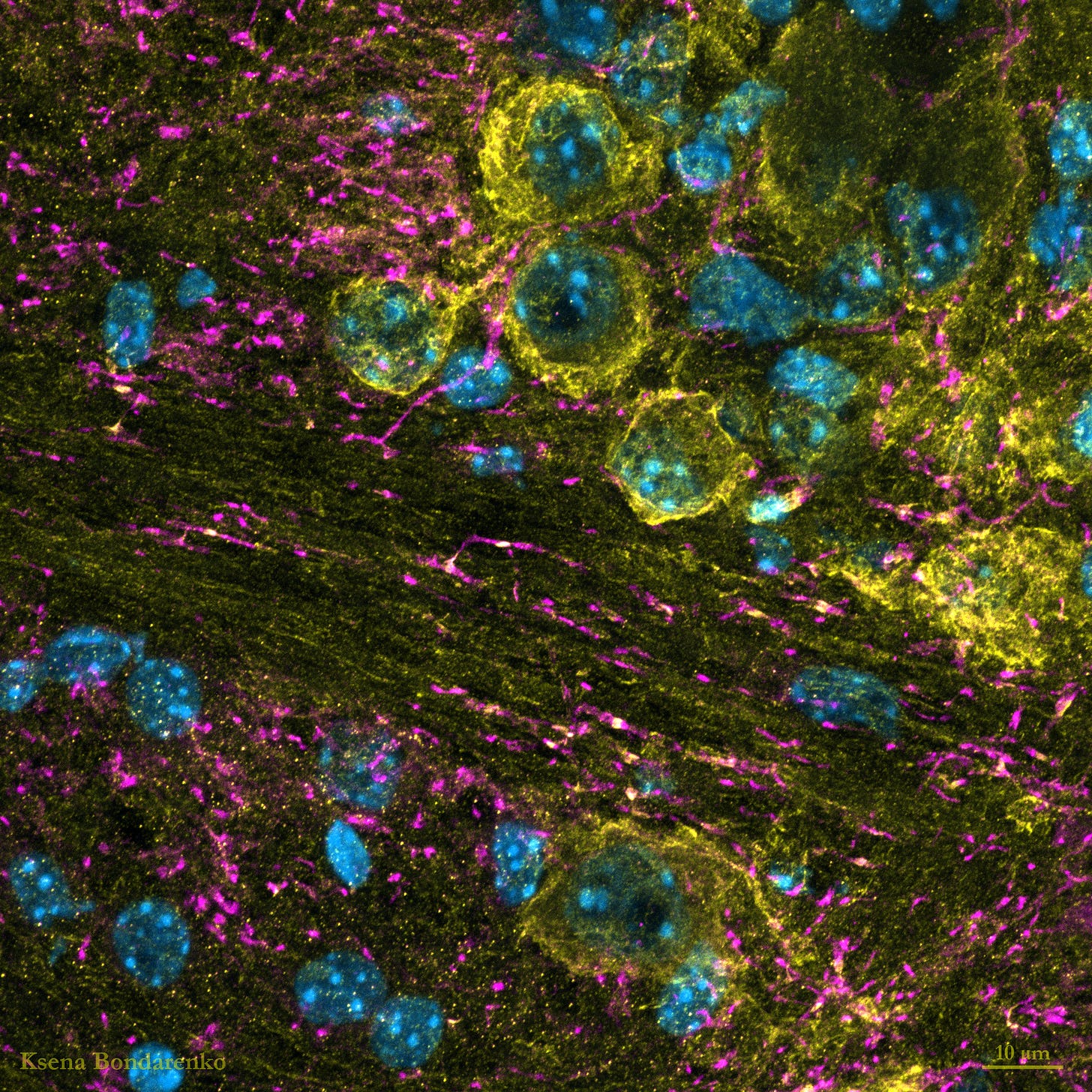Creativity Definitions & Models: What Makes An Idea Successful?
From research articles to artists
Want to have a fruitful discussion? First, agree on subject definitions.
And so we start from here.
The American Psychological Association defines creativity as the ability to produce or develop original work, theories, techniques, or thoughts.
The definition above focuses on new and useful ideas, which apply to the results of creativity. However, creativity is actually about the processes involved in creating those ideas. One would think definition matters were settled ages ago, at the dawn of creativity research. However, the most recent paper on it was published only a year ago, in 2023!
Four prominent cognitive neuroscientists and psychologists, Adam Green, Roger Beaty, Yoed Kenett and James Kaufman, distinguish creativity as a process from creativity as a human attribute (“creative-ness”). When they talk about creativity as a process, they say that
creativity is internal attention constrained by a generative goal.
What do we learn from this definition? That there is an intention to create directed internally, which focuses our brain's attention to make something we never saw before. Researchers mention that “the definition of the process sets basic requirements for what qualifies as creativity. However, it doesn’t rule out the many other factors, like feelings and perceptions, that can also play a role in creative processes”.
For me, this interpretation bears two questions. Which neuronal processes are activated and how the hell do they make us visualise things we've never seen?
On a neuronal level, creativity is a complex mix of brain activity. Recent neuroscientific research shows that memory, attention, and the ability to control our thoughts all contribute to creative thinking. It's a huge topic, which I’ll gradually explore in my later posts.
For today, our goal is to understand HOW of creative thought, and so we need to look into the research of creativity models that focus on the process, investigating various aspects of creative thinking.
One of them, the recently introduced MemiC model of creativity describes different stages that involve both types of memory—episodic (related to personal experiences) and semantic (related to general knowledge)—in the process of coming up with creative ideas. One key part of this model is evaluating how effective a new product might be, which involves imagining how it would work in real life.
The MemiC framework explains how we come up with creative ideas. It involves two main steps: first, generating ideas and then evaluating them. This process has four stages:
Finding Information: First, we search for relevant information and develop potential ideas.
Creating Ideas: In this stage, we think of different uses for something common, like a car tyre.
Evaluating Novelty of an Idea: Next, we check how new the idea is.
Evaluating Effectiveness of an Idea: Then, we check if it’s useful.
For example, when asked to find creative uses for a car tyre, a person might think of a swing or a hat. They pull these ideas from their memory based on similar properties. If they decide that the swing isn’t a new idea or the hat wouldn’t work well, they go back to generating more ideas. This process continues until they come up with a fresh and effective idea, like using the tyre as a lampshade.

Research also shows that when evaluating new concepts, people often dismiss the effectiveness of the ideas compared to how original they are. Moreover, while people like creativity, when asked to select, they usually prefer ideas that are more conventional and practical. Likewise, familiar things are often liked more than unfamiliar ones (as creature concept artists for movies know all too well).
Take-home message?
Although it may be difficult to assess the effectiveness of novel ideas, accurate judgment is essential for distinguishing truly creative concepts from those that simply don’t make sense.
So, next time think twice about your decision to put an ammo clip on your super-futuristic laser gun.

Sources
Green, Adam E., Roger E. Beaty, Yoed N. Kenett, and James C. Kaufman. "The process definition of creativity." Creativity Research Journal 36, no. 3 (2024): 544-572.
Benedek, Mathias, Roger E. Beaty, Daniel L. Schacter, and Yoed N. Kenett. "The role of memory in creative ideation." Nature Reviews Psychology 2, no. 4 (2023): 246-257.



